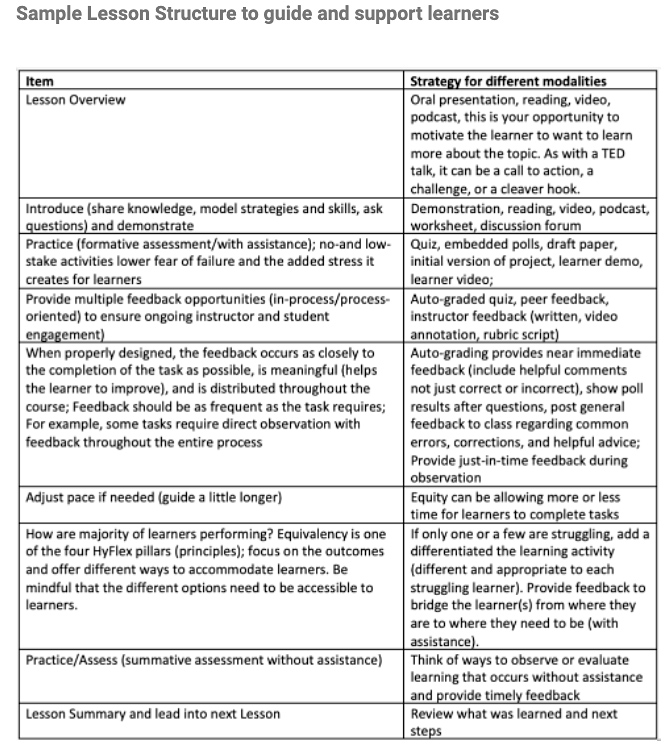A Rubric for Selecting Active Learning Technologies — from er.educause.edu by Katie Bush, Monica Cormier, and Graham Anthony
A rubric can be an invaluable aid in evaluating how well technologies support active learning.
Excerpt:
Because the use of active learning is characterized by a broad range of activities in the classroom, comparing technology and determining which option provides more benefit to an active learning classroom can be difficult. The Rubric for Active Learning Technology Evaluation can provide some differentiation when comparing technology offerings. It has been designed to reveal subtle but impactful differences between technology in the context of active learning. The rubric was designed to be a tool for comparative technology evaluation and as such should be quick to use when comparing similar technologies. It is freely available to use and adapt under a Creative Commons license.














